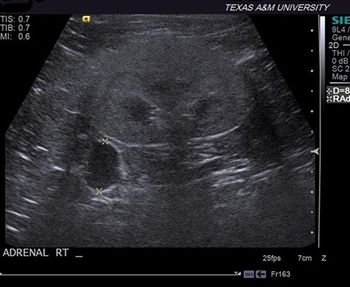
What you need to know when it comes to recognizing, diagnosing and managing this endocrine disease in cats.

Department of Small Animal Clinical Sciences
College of Veterinary Medicine & Biomedical Sciences
Texas A&M University
College Station, TX 77843

What you need to know when it comes to recognizing, diagnosing and managing this endocrine disease in cats.
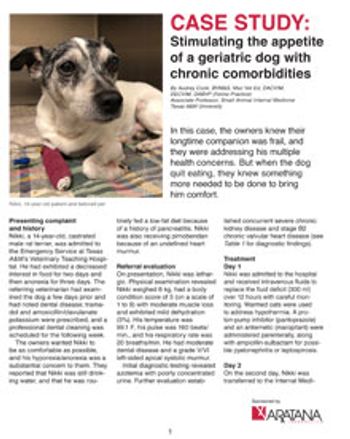
In this case, the owners knew their longtime companion was frail, and they were addressing his multiple health concerns. But when the dog quit eating, they knew something more needed to be done to bring him comfort.

In this CE webinar, gain a greater understanding of the various causes and potentially serious clinical impact of dysrexia. Also learn about the available treatment options for stimulating appetite in affected dogs.

Being aware of the more subtle signs of canine hyperadrenocorticism can be key to early diagnosis and initiation of therapy.

What is causing this dog's clinical signs?

This senior dog now also struggles to get up on the couch. Take a look at Jack's photo, assess his initial laboratory findings, and decide what test to do next.

Answers to your questions about diabetes mellitus.

Dr. Audrey Cook explains how the new guidelines were created.

In our April issue as an accompaniment to the article "Identifying the reasons behind difficult-to-control diabetes in dogs" by Dr. Audrey Cook, we asked you if you had questions for Dr. Cook about diabetes. Here is a second installment of her responses.

We asked you if you had questions for Dr. Audrey Cook about diabetes. Here are her responses.
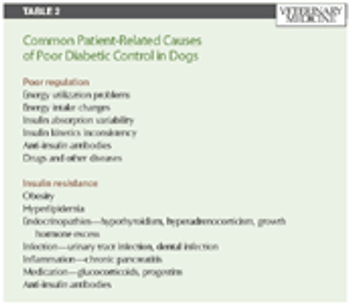
Diabetes mellitus is a common endocrinopathy in canine practice, but successful patient management sometimes can be a challenge.

Cats with diabetes can be challenging to monitor and treat because of the complex pathophysiology of the disease and cats' propensity for stress-related hyperglycemia.
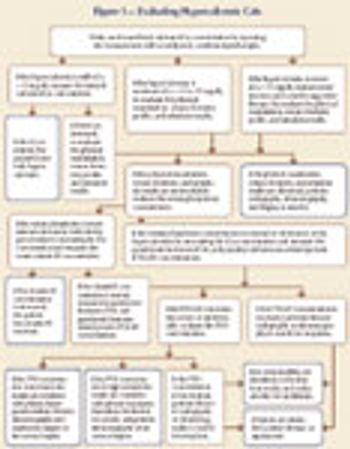
Review the steps to evaluating a hypercalcemic cat.

A brief review of the diagnosis and treatment of hyperadrenocorticism and the current knowledge on trilostane, including its therapeutic considerations and possible adverse effects.
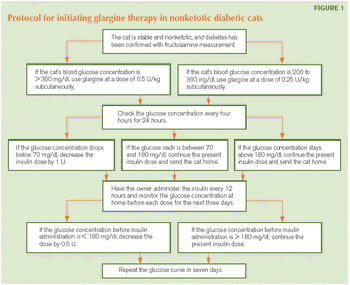
Underlying causes of diabetes mellitus, a common endocrinopathy in dogs and cats, include chronic pancreatic inflammation, pancreatic atrophy, and immune-mediated destruction of the insulin-producing beta cells.

Published: June 1st 2010 | Updated:

Published: August 1st 2010 | Updated:

Published: January 1st 2013 | Updated:

Published: November 10th 2011 | Updated:
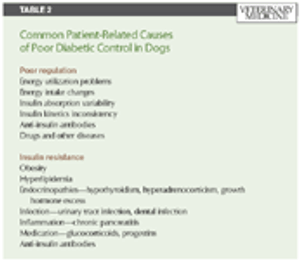
Published: April 1st 2010 | Updated:

Published: March 1st 2010 | Updated: